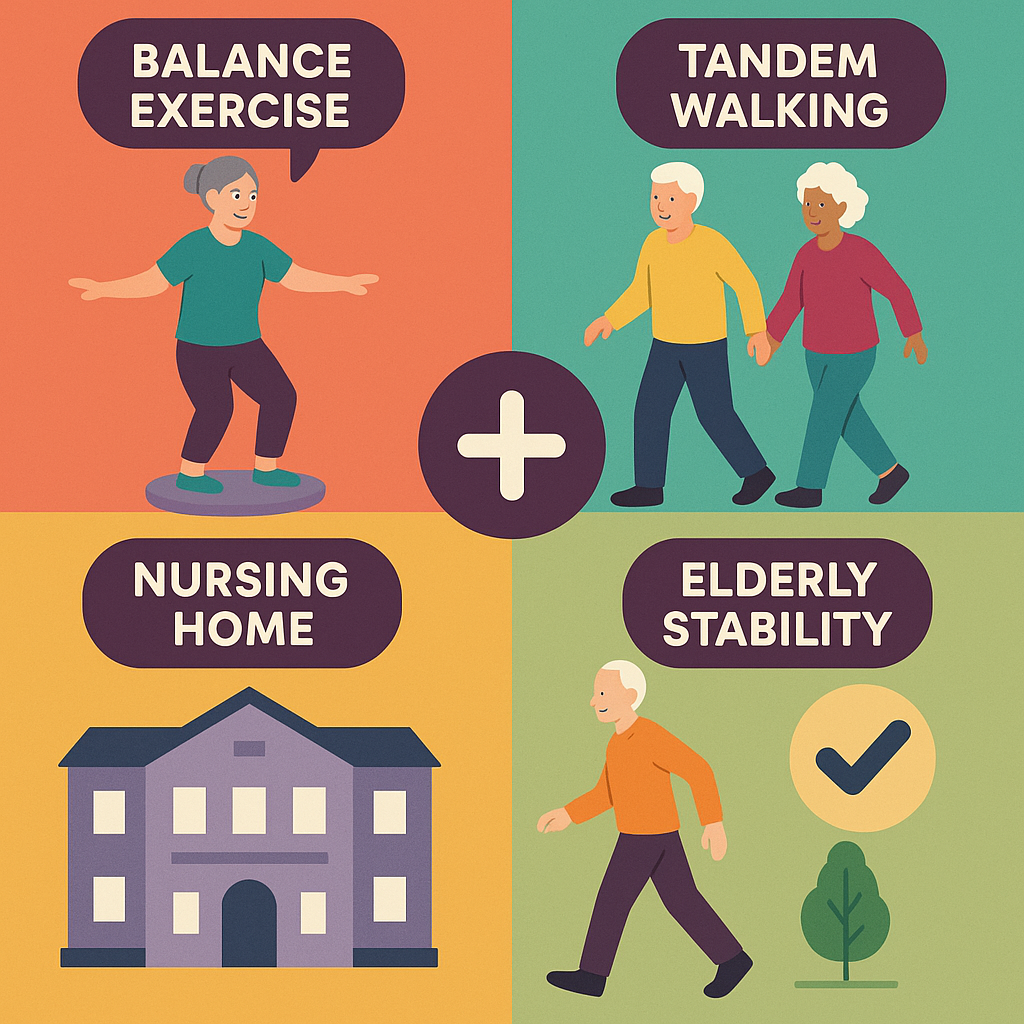The Effect of Combined Balance Exercise and Tandem Walking on Elderly Stability in Nursing Homes

Downloads
Balance disorders pose a significant risk for falls among the elderly and can greatly diminish their quality of life. This study seeks to inspect the impact of incorporating balance exercises with tandem walking on enhancing balance in the elderly demographic. A quasi-experimental design with pre-test and post-test control groups was utilized. A total of thirty-two elderly participants from two nursing homes in East Java were chosen through purposive sampling. The independent variable comprised the combination of balance exercises and tandem walking, while the dependent variable was the balance level, evaluated using the Time Up and Go Test (TUGT). Statistical analyses were operated utilizing the Paired t-Test, Wilcoxon Sign Rank Test, and Mann Whitney U Test with a significance level established at p < 0.05. In the intervention group, the average TUGT score before the intervention was 21.35 seconds (indicating unstable mobility), which improved to 16.01 seconds (indicating good mobility) after the intervention (p=0.000). Conversely, the control group, which did not undergo the combined intervention, showed average scores of 26.67 seconds before and 25.38 seconds after the intervention, both categorized as unstable mobility (p=0.326). The intervention group revealed a greater enhancement in balance with a average improvement of 5.33 seconds, compared to 1.28 seconds in the control group (p=0.002). These outcomes demonstrate that the combination of balance exercises and tandem walking is significantly effective in enhancing balance in the elderly. This intervention has the potential to minimize the danger of falls and enhance the overall quality of life among older adults.
Copyright (c) 2025 Maretha Salsabilla Nazhifah, Ach. Arfan Adinata, Mohammad Najib, Adin Mu’afiro, Azliyana Azizan

This work is licensed under a Creative Commons Attribution 4.0 International License.




















